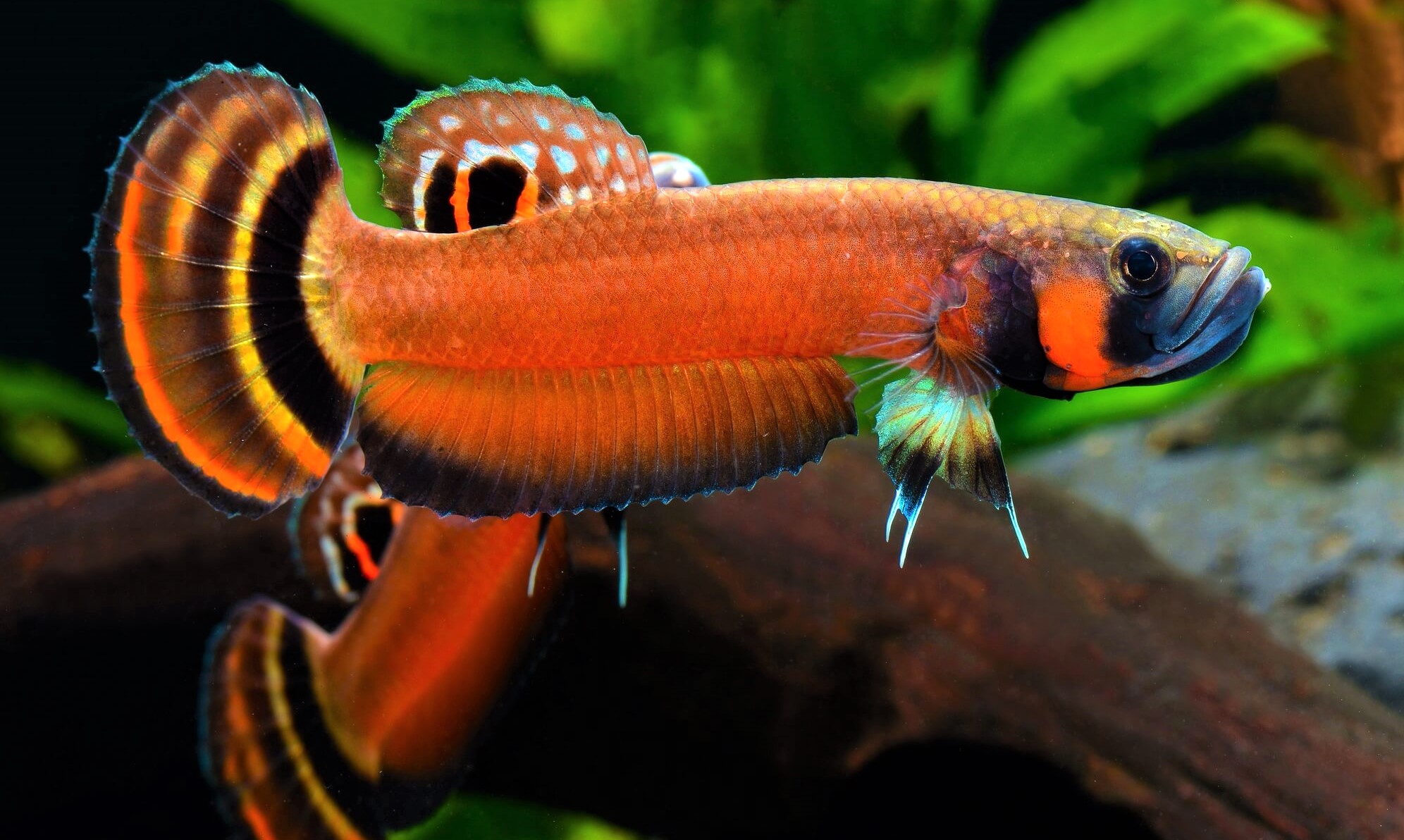Betta Macrostoma
Betta macrostoma - The Brunei Beauty is a stunning fish that has caught the attention of fish enthusiasts worldwide. At first glance, it's hard not to fall in love with their vibrant colors and undeniably unique characteristics. However, before jumping into owning one, it's crucial to learn more about their basic needs and requirements.
The Pain Points of Betta Macrostoma
Betta macrostoma is a delicate species that requires certain conditions to thrive in captivity. A major pain point of owning a betta macrostoma is the level of experience it demands from its owner. This fish requires constant attention and monitoring, and a single mistake can have severe consequences. Additionally, owning a betta macrostoma can be expensive due to the high cost of their initial setup. However, with proper care, the rewards outweigh the challenges.
The Target of Betta Macrostoma
The target audience for owning a betta macrostoma is fish enthusiasts with experience in maintaining and caring for delicate species. These individuals must have the necessary knowledge and resources to manage the high maintenance required to meet their needs and keep them healthy.
Summary of Main Points
In summary, owning a betta macrostoma requires experience, dedication, and significant financial investment. The target audience must be knowledgeable and prepared to give the necessary attention to ensure their betta macrostoma thrives in captivity.
My Personal Experience with Betta Macrostoma
I first encountered betta macrostoma at a fish show, and I was amazed by their beauty. I knew then that I wanted to add one to my collection, but I was hesitant due to their reputation as high-maintenance fish. After researching their necessary care requirements, I decided to take the plunge and purchase one. It was by far one of the most challenging fish I've ever owned, but the reward of seeing them thrive made it all worth it.
Understanding Their Natural Habitat
Betta macrostoma is native to blackwater streams and swamps in Borneo. These ecosystems are typically acidic and have minimal water movement, with an abundance of leaf litter and other debris on the substrate. As a result, betta macrostoma is accustomed to slow-moving, warm water with a pH range of 4.0 – 5.5, and temperatures between 77 – 86°F. It's essential to replicate their natural habitat as much as possible to keep them healthy in captivity.

The Importance of Water Quality
Betta macrostoma is susceptible to diseases and other health issues due to poor water quality. Maintaining a consistent pH and temperature, along with regular water changes and tank maintenance, is critical to their well-being. It's also essential to ensure the water used in the tank is free of chlorine and other chemicals that can harm the fish. Additionally, providing soft and acidic water, similar to their natural habitat, is important to their overall health.

Feeding Betta Macrostoma
Betta macrostoma is a carnivorous species that requires live or frozen foods to thrive. In their natural habitat, betta macrostoma feeds primarily on small fish, insects, and shrimp. In captivity, they can eat a range of live, frozen, and dry foods, including brine shrimp, Daphnia, and high-quality pellets. It's essential to provide a varied and balanced diet to avoid health issues and keep them healthy.
Question and Answer
Q. Are betta macrostoma aggressive?
A. Betta macrostoma can be aggressive, especially during breeding seasons. It's essential to provide enough space for them to establish their territory and avoid placing them with other fish that may trigger their aggressive behavior.
Q. Can betta macrostoma live with other fish?
A. Betta macrostoma is best kept in species-only tanks due to their territorial nature. Placing them with other fish may result in aggression and even harm to both the betta and other fish.
Q. How long do betta macrostoma live?
A. Betta macrostoma has an average lifespan of 3-5 years in captivity. However, with the right care and environment, they can live up to 8-10 years.
Q. Can betta macrostoma live in planted tanks?
A. Betta macrostoma can live in heavily planted tanks as long as they have enough space to swim and establish their territories. Plants can also help to maintain the water quality in the tank and provide a more natural environment for the fish.
Conclusion of Betta Macrostoma
In conclusion, owning betta macrostoma is a rewarding experience that requires a significant investment of time, resources, and knowledge. With proper care, they will provide their owner with years of joy and beautiful displays of their unique characteristics. Ensure to meet their basic requirements, such as appropriate water quality, temperature, and pH range, and you'll enjoy a companion that is a beautiful conversation piece that will exceed your expectations.
Gallery
A Complete Guide To Raise Betta Macrostoma In The Tank

Photo Credit by: bing.com / betta macrostoma
Betta Macrostoma (Pre-Order)
Photo Credit by: bing.com / betta macrostoma wild bettas pre order type ca renasfishstore
Betta Macrostoma | Flickr - Photo Sharing!
Photo Credit by: bing.com / betta fish macrostoma mainly feed poll results доску выбрать
Betta Macrostoma – Brunei Beauty — Seriously Fish
Photo Credit by: bing.com / betta macrostoma sarawak borneo marudi fish collected dominant malaysian specimen male brunei beauty seriously species seriouslyfish male3
Betta Macrostoma (Pair) – Ivenbetta

Photo Credit by: bing.com / macrostoma betta
